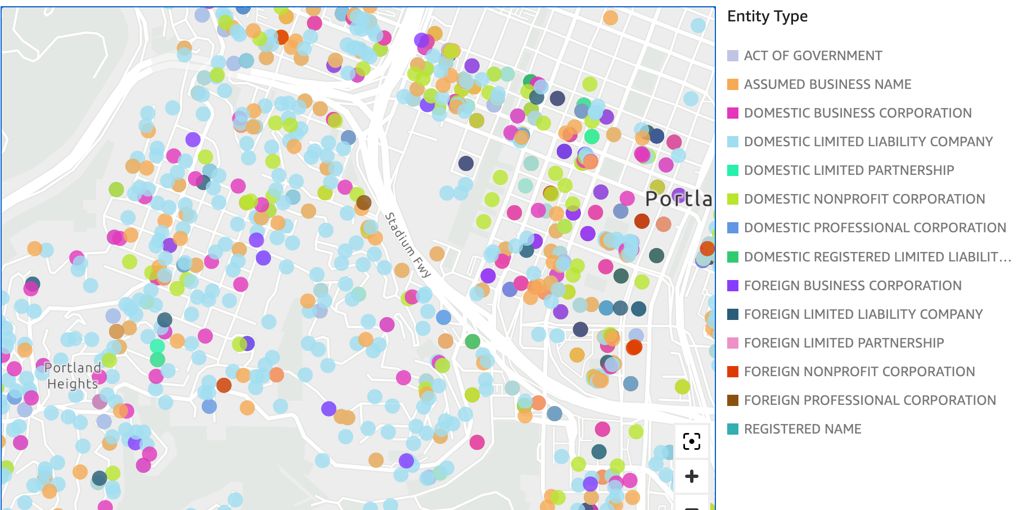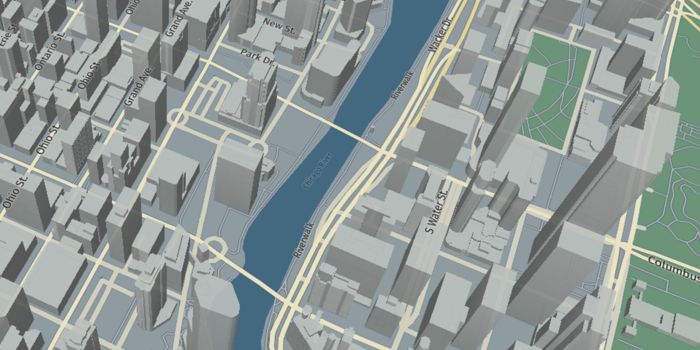AWS Public Sector Blog
Category: Front-End Web & Mobile
Wake Forest University builds novel, robust alumni and student app on AWS
Wake Forest is a leading private university in the US with close to 9,000 enrolled students and almost 7,000 faculty and staff. With more than 82,000 degree recipients across all 50 US states and 103 foreign countries, its broader community is vast and growing. To make the most of this diverse community, university leaders want to create connections between individuals across graduating classes, disciplines, and geographies. This post highlights how the school used Amazon Web Services (AWS) to build a solution that brings its whole community closer.
Implement a secure, serverless GraphQL architecture in AWS GovCloud (US) to optimize API flexibility and efficiency
GraphQL is a query language and server-side runtime system for application programming interfaces (APIs) that prioritizes giving clients exactly the information they request and no more. GraphQL can help public sector customers focus on their data and provide ways to explore the data in their APIs. Learn a reference architecture using serverless technologies that you can use to build GraphQL-enabled solutions in the AWS GovCloud (US) Regions to unify data access in real-time and simplify operations.
Analyzing vehicle fleet location data from a data lake with AWS
At AWS, many public sector customers operate fleets of vehicles (e.g. emergency response, public transportation) that generate location data, which is ultimately stored in a data lake. These customers frequently ask how they can quickly visualize this data and extract insights that can help them optimize how they operate their vehicle fleets. In this post, learn how to use Amazon Athena and Amazon Location Service to perform ad hoc reverse geocoding on a notional dataset of vehicle location history, and visualize the results on an Amazon QuickSight map.
Visualize data lake address datasets on a map with Amazon Athena and Amazon Location Service geocoding
Many public sector customers in government, healthcare, and life sciences have data lakes that contain addresses (e.g., 123 Main Street). These customers frequently ask how they can quickly visualize these addresses on a geographic map to get a more intuitive understanding of how these addresses are distributed. In this post, learn how to use Amazon Athena and Amazon Location Service to perform ad hoc geocoding on an example dataset and visualize these geocoded addresses on an Amazon QuickSight map.
Singapore’s IHiS scales vaccine operations with AWS to meet evolving on-the-ground requirements
To support Singapore’s national vaccination program, the Integrated Health Information Systems (IHiS) needed the capability to scale its systems to sustain significantly higher loads at very short notice. In addition, its teams needed to be able to develop and implement new features at speed to address evolving vaccination policies and changing, on-the-ground requirements. The agency turned to Amazon Web Services (AWS).
How AWS uses AI to power interactive artwork at new Smithsonian exhibit
This fall, artist Suchi Reddy and Amazon Web Services (AWS), in collaboration with the Smithsonian FUTURES Exhibition, debuted me+you in Washington, DC, which embodies the collective answers to the question, “What do you want your future to look like?” me+you is an interactive work of art powered by artificial intelligence (AI) and machine learning (ML) and is the centerpiece of the Smithsonian FUTURES exhibition.
NHS Digital launches NHS login with AWS
NHS Digital launched NHS login, a serverless identity platform to facilitate access to a range of health and care apps for residents in England, with AWS, amongst other suppliers. Using the AWS Cloud, NHS Digital achieves scale, high availability, and security for citizens accessing these services, and helps users access NHS services quicker and more simply. NHS login is one of a number of services NHS Digital are hosting on the cloud as part of the UK government’s ‘Cloud First’ policy.
The value of partner integration: Esri, HERE Technologies, and Amazon Location Service
At re:Invent 2020, AWS announced the release of Amazon Location Service in preview. The fully managed service helps developers add location data to their applications while maintaining data security and user privacy. Amazon Location Service integrates data sources and services from AWS Partners Esri and HERE. AWS built Amazon Location Service to help users access high-quality global data from these longtime, trusted, geospatial location data providers.
Creating a serverless GPS monitoring and alerting solution
To help solve a few challenges I faced with my family, including the need to track the location of a child, I needed a serverless global positioning system (GPS) monitoring solution. Commercial geographic monitoring GPS solutions are not cost-effective because of the cost of digital map licenses from third parties and running servers around the clock. Existing GPS systems work with proprietary GPS devices that lock-in the users’ vendors’ devices. My solution? Build my own serverless GPS monitoring and alerting solution.








